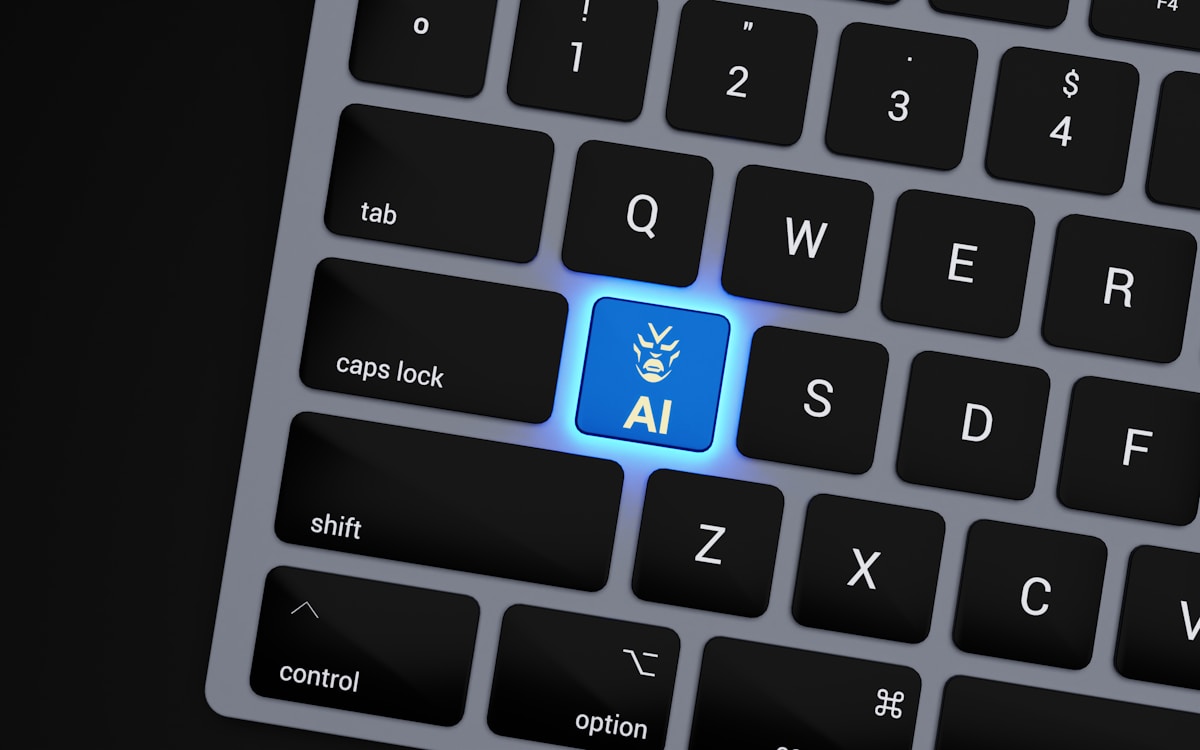Explore how AI chatbots are reshaping interactions with their efficiency, 24/7 support, and personalization. Discover the types and features enhancing customer experiences.
What Are AI Chatbots?
AI chatbots are smart software applications designed to mimic human conversation. These bots use artificial intelligence technologies like natural language processing (NLP) and machine learning (ML) to understand and respond to user queries in real time. This makes them incredibly versatile and useful in various fields, from customer service to language learning.
Imagine having a digital assistant available 24/7 to help you with queries or tasks. That’s precisely what AI chatbots offer. They handle simple inquiries, provide personalized interactions, and make sure you get the support you need, anytime you need it.
Efficiency: They streamline processes by handling routine tasks, freeing up human agents for more complex issues.
24/7 Support: No more waiting hours for assistance. Chatbots are always on, ready to help.
Personalization: They tailor responses based on user data, creating a more engaging experience.
Whether you’re booking a trip, learning a new language, or just need quick answers, AI chatbots make life easier. They bring efficiency, constant availability, and personalization to the table, enhancing user experience in a meaningful way.
Types of AI Chatbots
AI chatbots come in various types, each serving a unique purpose. Here’s a quick rundown:
Transactional Chatbots: These bots handle specific tasks like processing orders, booking appointments, or managing transactions. They’re perfect for businesses that need efficient, automated customer interactions.
Informational Chatbots: These bots provide information and answer frequently asked questions. They can be found on websites, offering details about products, services, or general inquiries.
Problem-Solving Chatbots: These chatbots are designed to diagnose and resolve issues. They guide users through troubleshooting steps, making customer support more efficient.
Feedback and Survey Chatbots: These bots collect customer insights through surveys and feedback forms. They’re invaluable for businesses looking to understand customer satisfaction and areas for improvement.
Hybrid Chatbots: Combining multiple functionalities, hybrid chatbots can handle transactions, provide information, solve problems, and collect feedback. They’re versatile and can adapt to various business needs.
Each type of chatbot serves a different purpose. Transactional chatbots streamline routine tasks. Informational chatbots ensure users get quick answers. Problem-solving chatbots enhance customer support. Feedback and survey chatbots gather valuable insights. Hybrid chatbots offer a comprehensive solution by integrating multiple features.
Understanding the different types of AI chatbots helps businesses choose the right one for their specific needs. Whether it’s simplifying transactions, providing information, solving problems, or collecting feedback, there’s a chatbot designed to improve efficiency and customer experience.
Features to Look For in AI Chatbots
When picking an AI chatbot, there are key features that ensure it delivers an efficient and user-friendly experience. Here are some must-haves:
CRM Integration: This allows the chatbot to access stored customer data, enabling personalized and efficient service. It recalls previous interactions and tailors responses accordingly.
Built-In Templates: These templates speed up deployment, making it easier to get the chatbot up and running without extensive coding. They provide a solid foundation that can be customized to meet specific needs.
Omnichannel Capacity: A chatbot with omnichannel capacity can interact with customers across various platforms like websites, social media, and messaging apps. This ensures that customers receive consistent support no matter where they are.
Bot Analytics: Analytics tools help track the chatbot’s performance, measure success, and identify areas for improvement. This data-driven approach ensures that the chatbot continues to evolve and meet user needs effectively.
These features make AI chatbots capable of handling complex tasks and providing a seamless customer experience. CRM integration ensures personalized interactions. Built-in templates allow quick deployment. Omnichannel capacity meets customers wherever they are. Bot analytics optimize performance.
Understanding these features helps in selecting the right AI chatbot. By focusing on these key aspects, you can ensure your chatbot delivers efficient, personalized, and consistent support, enhancing the overall user experience.
Benefits of Using AI Chatbots
AI chatbots offer benefits that improve personal and business interactions.
Efficiency: AI chatbots handle simple tasks, freeing human agents for complex issues. This increases productivity and speed.
24/7 Support: AI chatbots provide help around the clock. No more waiting for business hours.
Reduced Wait Times: Chatbots can handle multiple conversations simultaneously, eliminating long waits. Quick responses lead to satisfied customers.
Personalized Interactions: AI chatbots use data to provide tailored responses. This enhances the customer experience, fostering loyalty.
For language learners, AI chatbots are valuable tools:
Constant Practice: Practice speaking anytime without scheduling a tutor. Learn at your own pace and improve your skills.
Grammar and Pronunciation Correction: Receive immediate feedback on grammar and pronunciation. This aids in refining language skills.
Engaging Conversations: Interact as if chatting with a native speaker – both enjoyable and effective. You’ll notice rapid improvement.
In essence, AI chatbots are transformative. They’re always available to assist, streamlining customer service and enhancing language learning. Whether for business or personal learning, these interactive bots are valuable allies in achieving goals.

Leave a Reply